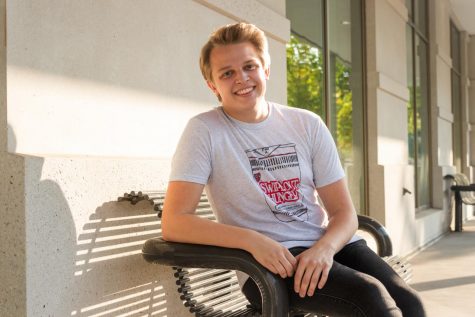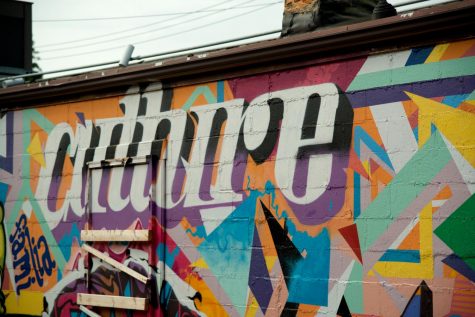The Coalition of Asian American Leaders (CAAL) and the University of Minnesota Center for Urban and Regional Affairs (CURA) released a report last week with qualitative data covering economic wealth within Asian communities in Minnesota.
The report, titled “Redefining Wealth Through Communal & Cultural Assets,” is based on stories from focus groups, interviews and community surveys with 228 Asian Minnesotans. This report includes experiences that provide context to quantitative data contained in CAAL and CURA’s first economic report on Asian Minnesotans, published in 2018 and titled “Invisibility Perpetuated: the Complex Economics of Asian Minnesotans.”
“We want this research to be applicable to the community, that it will be accessible to the community and that it’d be written in a form that communities can use as tools for advocating for themselves,” said KaYing Yang, the CAAL director of programs and partnerships. “But at the same time, to inform policymakers that they understand that there is this community-centered lens.”
Through the Kris Nelson Community-Based Research Program, the two organizations worked together to deepen research by disaggregating data — or breaking down data into subgroups or subpopulations — on Asian Americans, explicitly highlighting the nuances of topics surrounding economic wealth and education.
“[Asian Americans and Pacific Islanders] are not a homogenous group, which is why it is important to disaggregate data, both to unmask the disparities that do exist within the community and provide a more accurate picture of the economic experiences of the population,” the report reads.
Many participants in the report revealed that resource-sharing practices among Asian Minnesotans are standard and appear in different forms. The report also revealed that Asian Indians have nearly four times as much household income as those who are Burmese.
By not adequately reflecting the variation of lived experiences of Minnesota’s Asian communities — from more recent Karen refugees to Asian Minnesotans who have lived in the U.S. for a decade or longer — aggregated data perpetuates the model minority myth, the report read. The model minority is a myth stereotyping Asians as a homogenous group that has overcome adversity and achieved socioeconomic success compared to other racial and ethnic groups.
“We were really making this [research] part of the community so that they could feel heard — because they’re the ones who have lived it, so they are the ones who will know the best about it,” said Kshitiz Karki, a CURA graduate research assistant. “We made sure that their voices are heard, and we did justice to their voices.”
The report includes 11 recommendations, key term definitions and community photos. The partnership between CAAL and CURA began about two years ago, and both organizations plan to continue working together into the future.
“What I … appreciate about CAAL is they really are in alignment with CURA’s mission of producing research for the public good, and that informs public policy,” said Vanessa Voller, coordinator of community-based research at CURA. “All of the research that we’ve done with them has had direct, immediate implications for public policymakers and ultimately the very communities that they serve here in the Twin Cities.”
The report recommends that financial institutions identify and integrate cultural values, such as the shared family obligation for elder care, and cultural assets, like resource-sharing practices.
The report also recommends investing more in affordable multifamily housing.
“People often say, ‘Well, we don’t see Asian people being homeless,’” Yang said. “It’s because we live in multigenerational housing … so you do not see homelessness, but you may see houselessness. That’s the difference between this community.”
The “Invisibility Perpetuated: the Complex Economics of Asian Minnesotans” report defines multigenerational households as at least three generations living in the same home.
Yang said CAAL will work with policymakers, financial institutions and community organizations specializing in economic growth to push for change that includes creating resources tailored to the needs of Asian Minnesotans.



